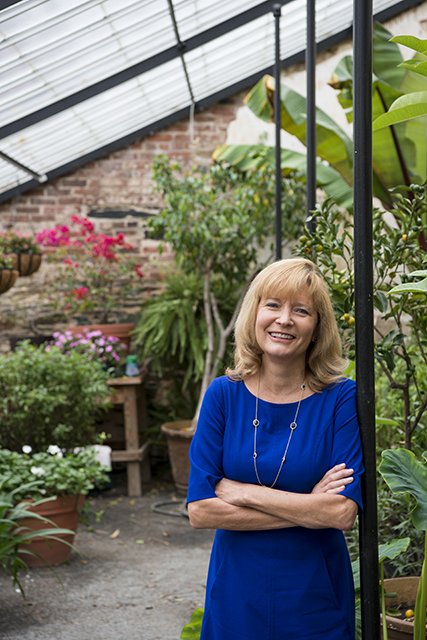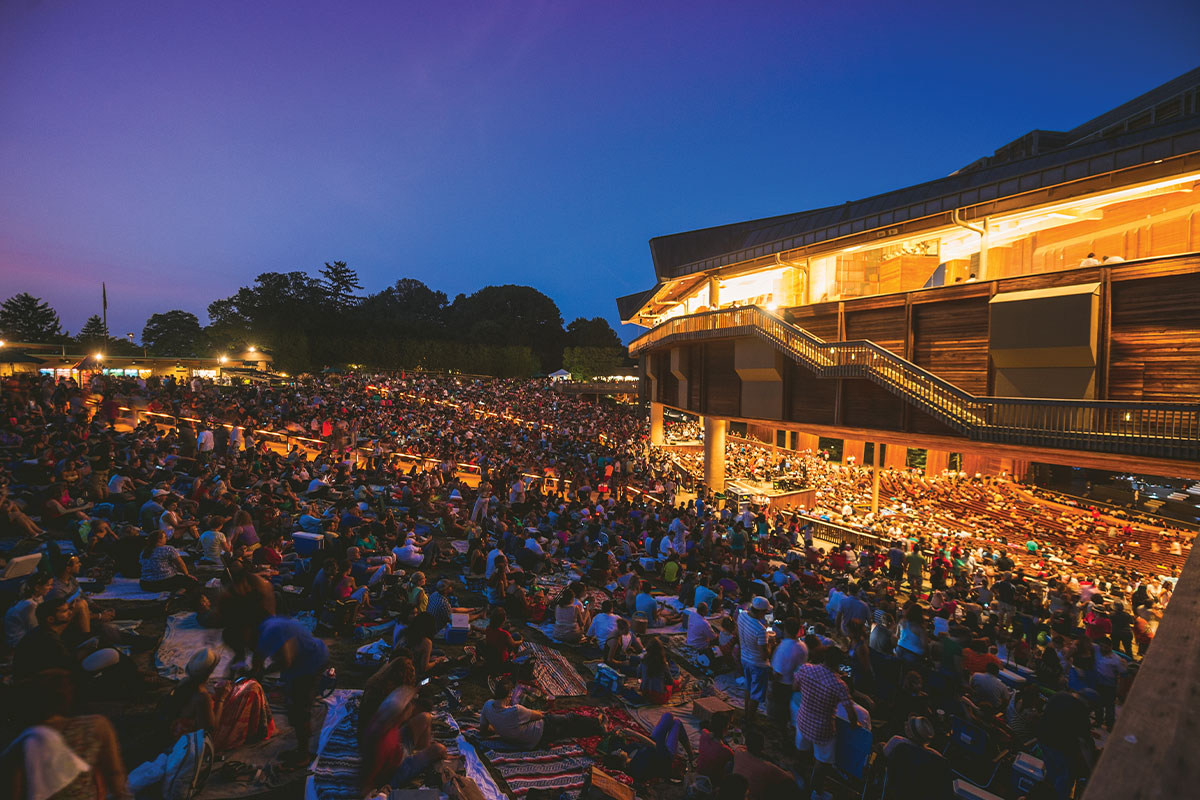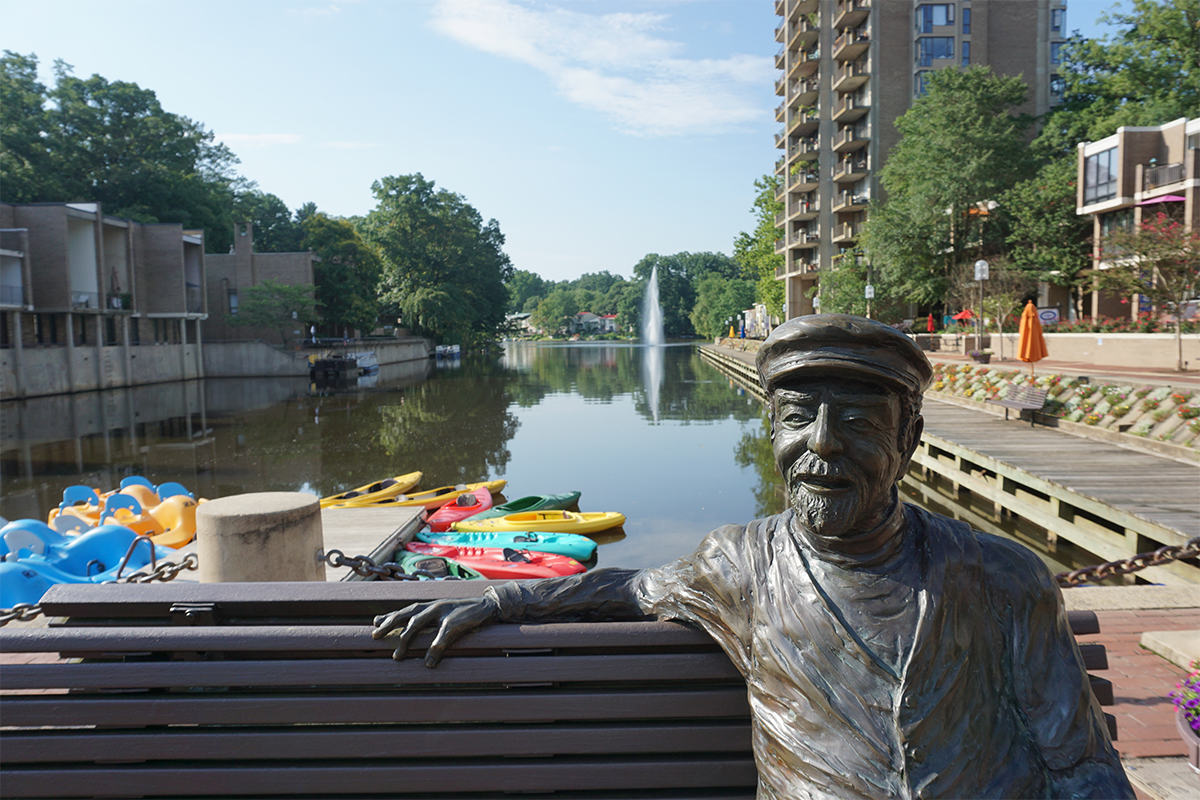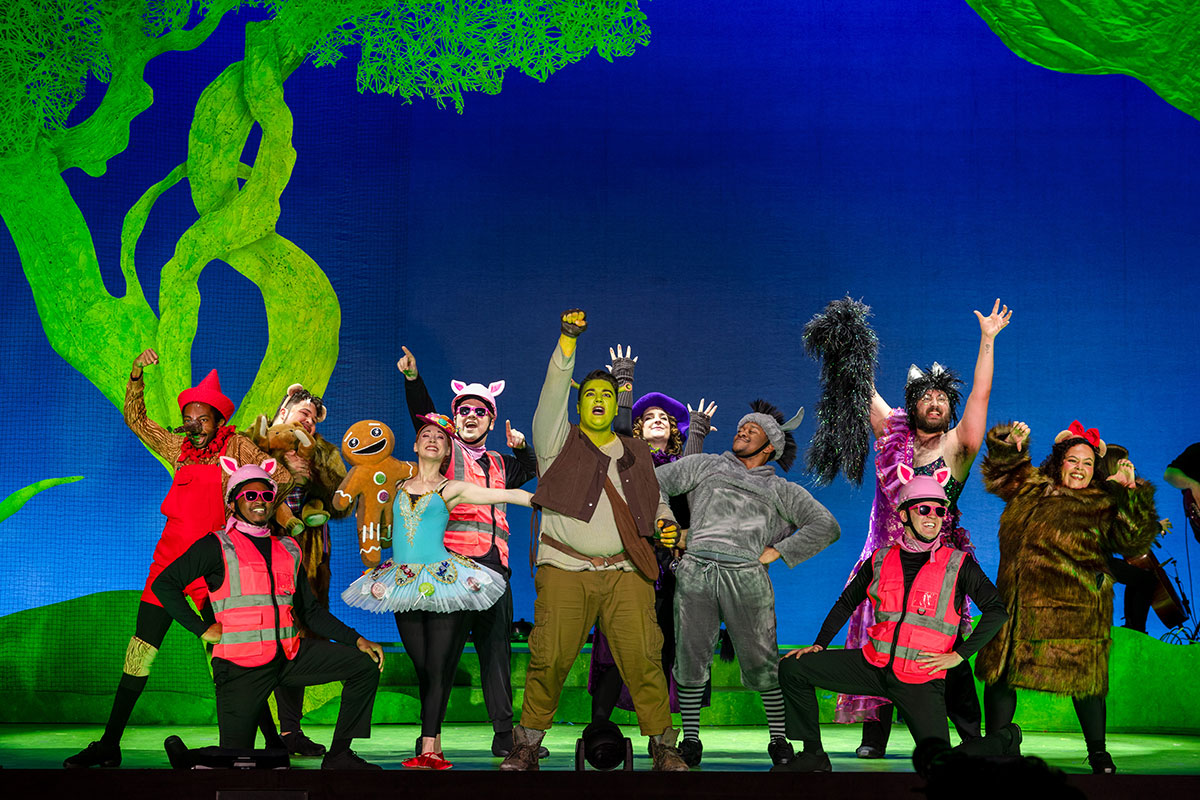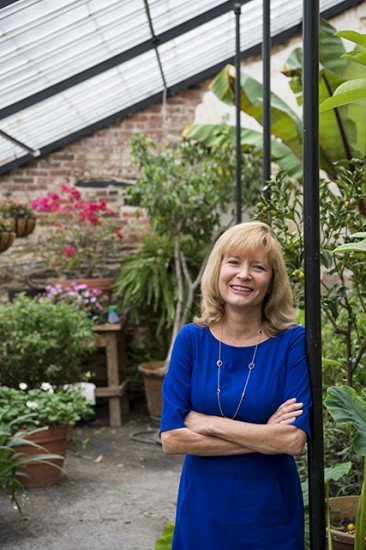
With sprawling grounds, a historic manor home and more, Oatlands, a National Trust Historic Site, is a hub of historic education in Loudoun County. While the property is celebrating its 50th anniversary this year, a focus on the future is a must to have its mission of historic preservation continue. Bonnie LePard, who comes from the Tregaron Conservancy, has been elected as the site’s new executive director. We spoke with her about the next generation of Oatlands visitors and what they can expect.
What are your thoughts on the way Oatlands is run currently?
In order for Oatlands to grow to the next level and become a comprehensive historical and cultural center serving Loudoun County and the National Capital Region, we must develop new, sustainable revenue streams, continuously engage current and new donors, undertake important preservation projects and expand educational programming to tell—in a variety of compelling ways—the significant stories of all of those who lived and worked at Oatlands during its 200-year history.
How do you plan to make your mark? What will be your focus in both the short term and long term?
Short term, I hope to inspire a fresh wave of enthusiasm to reinvigorate Oatlands and fulfill its mission, meet and collaborate with new friends in Northern Virginia’s preservation community and work to close the $2.5 million capital campaign for Oatlands Hamlet. Long term, I want to build an enduring, multidimensional strategy that creates and sustains Oatlands as a community asset for future generations of visitors to experience and enjoy.
What do your past experiences bring to this position?
I have a long relationship with the National Trust for Historic Preservation. I have worked with historic preservation experts for years and have also studied the fields of historic architecture and landscape architecture. After serving as the head of two nonprofit organizations over the past two decades, I am uniquely familiar with all aspects of running, restoring and maintaining a historic site that is open to the public. I am an experienced fundraiser and hope to put those skills to use for Oatlands, which relies heavily on donations.
What would you like your legacy to be while you are at Oatlands?
It’s not about my legacy. Oatlands is a national model of historic preservation, restoration, land conservation, research, educational programs and community involvement. With more than 12 significant historic structures situated on 415 acres of preserved land, Oatlands is a unique historic property where all can visit, explore and learn about the changing contours of more than 200 years of history. I am honored to be working at such a significant historic property—one that provides a living legacy for generations to come.
What are your thoughts on the visitors of Oatlands and their demographics, and what new types of visitors do you want to attract?
Oatlands welcomes tens of thousands of visitors from around the region and the country each year. As we tell the story of our past, we must be mindful of the future and work to engage the next generation of preservationists, with a particular focus upon reaching residents throughout Northern Virginia, Maryland and the District of Columbia. Located only 45 minutes from Washington, D.C., Oatlands stands as a nationally significant monument to over 200 years of America’s history, a short distance to experience and enjoy a panoramic view of our past.

